Mechanic Preparation and Extension Education
#bfrdpwy #aginternship #RightRisk
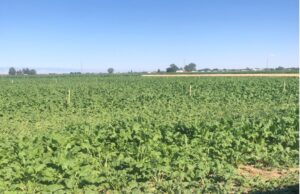
This last week was loaded with a plethora of experiences. From working to finishing the fencing project, working on a forage harvester to prepare for harvesting Triticale, to going to my internship educational event at the University of Wyoming Powell Research and Extension Center farm tour, to moving more cows up to the mountain forest service allotments.
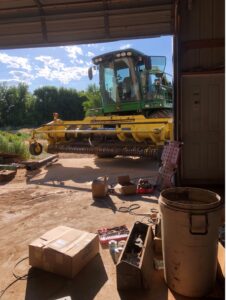
Anytime I get to be around new equipment and learning mechanic skills is always exciting for me. This week we worked on the John Deere 7200 Forage Harvester. This machine is commonly called a “chopper”. It’s used more for making silage from plants like corn to grains like triticale. We are using it for triticale to make silage for the feedlot for the winter. I learned that preparation is key for using machinery. We went through the machine with a fine-tooth comb to diagnose what needed to be replaced before it’s put into use, with the hope of avoiding potential breakdowns while in use. I learned that besides making it smoother when harvesting, it’s also important because when in a remote area you must order a lot of equipment parts through the internet. Preventative maintenance is the name of the game from greasing to swapping out worn belts to save you from larger more expensive problems.
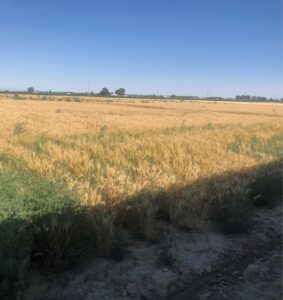
The event at the Powell Research and Extension Center farm tour was also an amazing experience. The amount of time and resources committed to research and education of regional ranchers was impressive to say the least. We were able to see research on dry bean plants and learned that the cooler the canopy temperature leads to a higher yield. I also learned that they are conducting research on the necessity, or lack there of, to use nitrogen in fertilizers for these legumes. The argument to be made, which has been backed up so far by the research done, is that nitrogen commonly used in fertilizer has little to no beneficial impact on the plants. That thought is explained by the fact that legumes are nitrogen fixers and don’t require the addition nitrogen which could be a huge plus to farmer in saving them money. The most interesting thing I saw was the experiment of planting on tilled versus no till ground for the corn; it really didn’t seem to show a difference in their growth or growth rate, however in sugar beats, it was undeniable that the tilled-ground sugar beets were healthier.
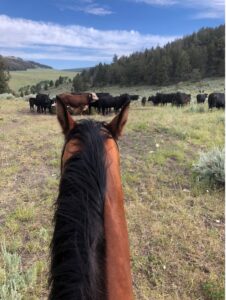
Along with hands-on experience and teachings from the Extension Center, I also received some awesome literature on cheatgrass that I plan on reading and using this week. I plan on taking the time to really get into the manuals and learning my equipment far in advance to my plans for using it. In addition to using the literature, during the time remaining with my host, I really want to learn more about roping and the process of training a horse to be able to stand while you get down to doctor your animal.
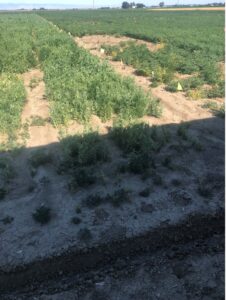
Submitted by: Jackson Haskell
Edited By: GrowinG Internship Team

